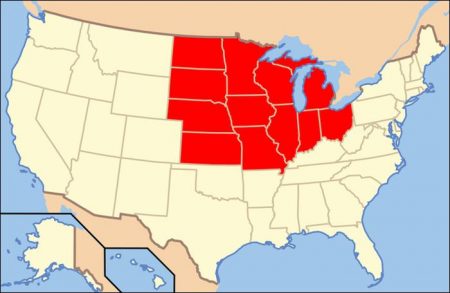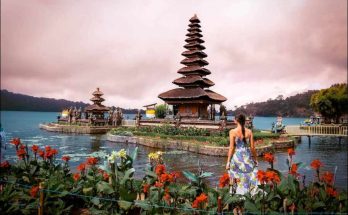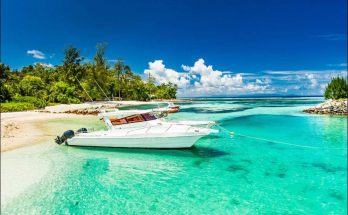Nobody knows quite what the Middle West is, for the geographers, the sociologists and the political economists have never agreed upon a satisfactory definition of it. It is an amorphous region, a slab of eight or nine states deposited in the center of America, surrounded by areas of more decided and homogeneous character–the melancholy South, the vivid expanse of the West, the mellowed East.
Hardly anybody wants to be a Midwesterner, for the area does not possess the allure of the West, nor the fragrant nostalgia of the plantations. Within its nebulous frontiers there are shades of every social flavor, from the feudal pride of the southern states to the backwoods temperament of the territories that lie along the fortyninth parallel.
The accepted southern border of the Middle West is the Ohio River, which runs placidly through beautiful wooded hills to join the Mississippi at Cairo. Across the river is Kentucky, which is very conscious of its southern connotations (whisky, colonels, gallantry, blue grass and fine horses, Confederate memories and strong convictions); but on both sides of the stream there are river towns of unmistakable Middle Western atmosphere.
There may be racial segregation in Hawesville, Kentucky, for example, while across the Ohio in Indiana the Negro is theoretically emancipated; but the people of Hawesville speak with the rasping and angular speech of the Middle West, not the lilt of the South, and they probably have fewer affinities with their fastidious capital, Frankfort, than with the metallic drive of Indianapolis (where an official pamphlet says of the ugliest of all war memorials that it is “universally admitted to be the grandest achievement of Architectural and Sculptural Art in the World”). These places, standing like bastions along the river, are frontier towns, marking the boundary where one philosophy of life gives way to another; and the most important of them, the splendid old river port of Louisville, was my own southern gateway into the Middle West.
Far in the north near the Canadian border, surrounded by forestlands and lonely lakes, lie the iron mines of the Mesabi range, in Minnesota. For decades these were the ultimate source of American strength; because of the presence of these mines, America was able to feed her greedy steel mills, laying the foundations of her power and influence, winning her wars, enriching her magnates.
The chief city of the iron country is Duluth on the shores of Lake Superior, a place as far in spirit from the Kentucky Derby or the civilization of the mint julep as Leeds is from Darjeeling (though the name is aristocratic, for the city was called after Daniel de Greysolon Sieur de Lhut). This is a hard northern country, healthy but unenticing of climate; not so moist or endearing as the Pacific Northwest, but similarly Scandinavian in some of its aspects.
Visits: 68



